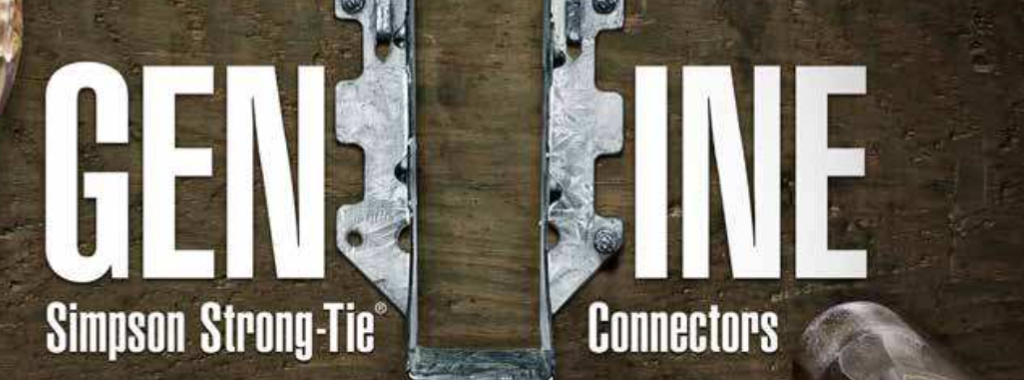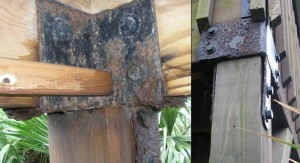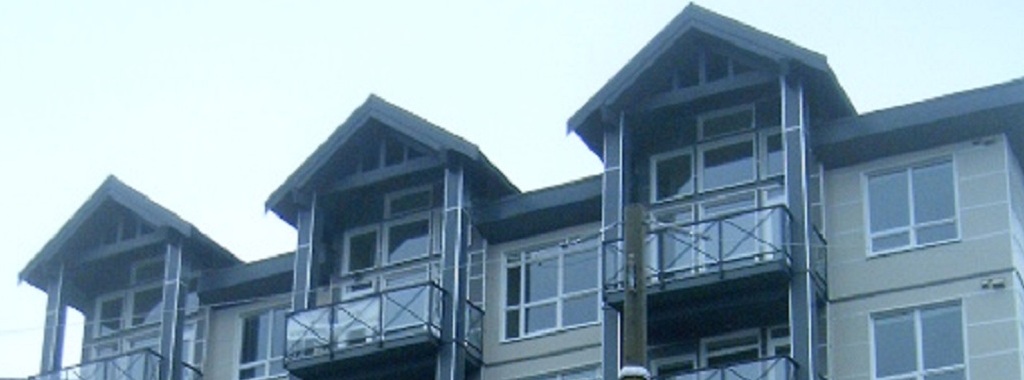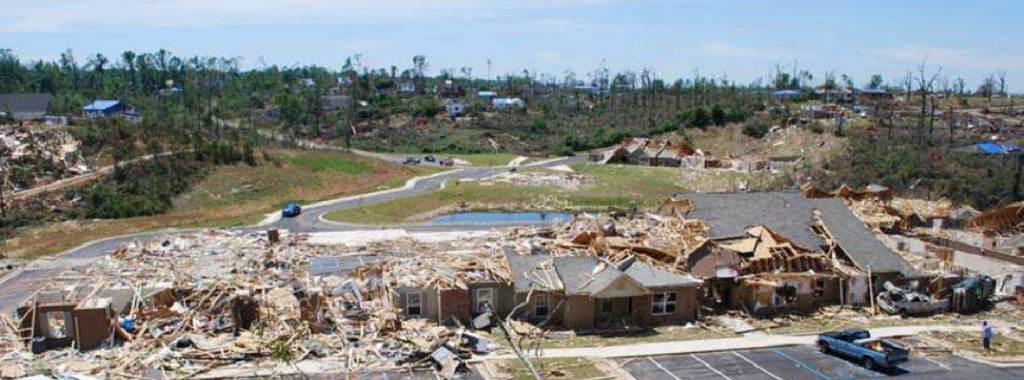You may have noticed that the cover of our new 2013-14 Wood Construction Connectors Catalog features the word GENUINE. What do we mean by Genuine Simpson Strong-Tie Connectors? It’s really based on our roots and our founder Barclay Simpson, who made his very first connector for a customer in 1956. Barc believed in doing whatever it took to help the customer succeed.Today, helping the customer remains our number one priority. Whether that’s being on a jobsite to help with a product installation, spending endless hours on R&D and product testing or making sure our products get to our customers on time. This is what we promise to do everyday, and we do it genuinely.Continue Reading
Building Drift – Do You Check It?

[Simpson Strong-Tie note: Sam Hensen is the Simpson Strong-Tie Engineering Manager for the Southeast U.S. and the latest blogger for the Structural Engineering Blog. For more on Sam, see his bio here.]
Just as bending and shear checks performed on gravity loaded beams do not ensure that the beam will comply with required deflection limitations, adherence to allowable shears and aspect ratio limits on shearwalls does not mean the structure will comply with required drift limitations. Shearwalls that are too flexible may prevent the structure from meeting drift limitations even if the shearwall design has adequate strength.
Seismic
For seismic load applications, section 12.12.1 of ASCE7-10 states that the design story drift of the structure shall not exceed the allowable drift listed in table 12.12-1. For light-frame buildings, the maximum permitted drift is 2.5% of the story height. This limitation is put in place not merely for serviceability reasons, but is an inherent effect of current seismic design provisions that is required to be checked to ensure life safety.
Congratulations to the "Creative Use of Our Product" Contest Winners!
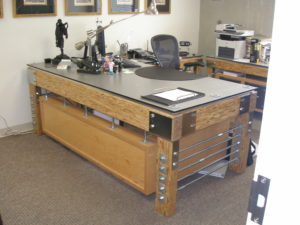
Thank you to everyone who participated in our “Creative Use of Our Product” contest! This was our most popular post yet. Based on comments received, the Top 5 photos were:
1. Engineered Desk
2. Statue of David
3. Top Flange Spoiler Bracket
4. & 5. (Tie): Truss Coffee Table and HD Trailer Hitch Adapter
The winners of the Simpson Strong-Tie Prize Pack, chosen randomly among all comments on the post are:
1. Kimberly T., Brea, CA
2. Natalie D., Pleasanton, CA
3. Zoran P., Vaughan ON
4. Evan L., Pullman, WA
5. Mary P., Franklin, WI
Congratulations to the winners.
If you’d like automatic email updates when a new blog entry is posted (usually once a week), sign up here.
What are your thoughts? Visit the blog and leave a comment!
Congratulations to the “Creative Use of Our Product” Contest Winners!

Thank you to everyone who participated in our “Creative Use of Our Product” contest! This was our most popular post yet. Based on comments received, the Top 5 photos were:
1. Engineered Desk
2. Statue of David
3. Top Flange Spoiler Bracket
4. & 5. (Tie): Truss Coffee Table and HD Trailer Hitch Adapter
The winners of the Simpson Strong-Tie Prize Pack, chosen randomly among all comments on the post are:
1. Kimberly T., Brea, CA
2. Natalie D., Pleasanton, CA
3. Zoran P., Vaughan ON
4. Evan L., Pullman, WA
5. Mary P., Franklin, WI
Congratulations to the winners.
If you’d like automatic email updates when a new blog entry is posted (usually once a week), sign up here.
What are your thoughts? Visit the blog and leave a comment!
Corrosion: The Issues, Code Requirements, Research and Solutions
When you hear $452 billion, what comes to mind? Perhaps the annual state budgets of California, Texas, Florida or New York? Maybe the combined net worth of Bill Gates, Larry Ellison, or the Walton Family? While those would be good guesses, I bet you didn’t think of corrosion! According to a May 2012 Congressional Briefing hosted by NACE International and ASM International, corrosion-related costs are a staggering 3.1% of the U.S. GDP, which is more than the individual budgets of those states above, and the combined net worth of the top 15 people listed on the Forbes 400: The Richest People in America.
Corrosion of metallic surfaces is an electrochemical process typically involving an anode, electrolyte and a cathode. An anode is a metal zone which loses electrons when exposed to an electrolyte, an electrolyte is a non-metal electrical conductor, and a cathode is the zone where an oxidizing agent (e.g., oxygen) gains the electrons. While there are many different forms of corrosion (e.g., pitting, intergranular, wet storage stain, etc.), and various sources of causes (e.g., treated lumber, moisture level, temperature, atmosphere, air quality, etc.), other factors such as exposure related to time of wetness are equally important. In a study presented in Dr. X.G. Zhang’s book Corrosion and Electrochemistry of Zinc, time of wetness is 50% greater near the top of a structure compared to the bottom, leading to greater corrosion.
Load Testing, Last Day To Enter Our Contest, And Happy Holidays!
With all of the frenzy that happens before (and during) the holidays, I won’t be doing full blog posts this or next week. But, I did want to remind you that this Thursday (12/20) is the last day to enter our “Creative Uses of Our Product” contest. We’ll post our five winners to the blog next week.
This week will be a short snapshot into what we were doing yesterday. We are always testing products and usually the only people who stop by to watch the tests besides the lab technicians are an R&D engineer and occasionally the product manager. As valuable as testing is, the simple day-to-day stuff just doesn’t generate much excitement – crushing bowling balls is fun and gets a crowd, but we save that for orientation classes.
Taking Wood-Framed Construction to New Heights
When I had more hair and less of it was gray, I worked on a project as an assistant engineer doing the calculations for a mixed-use building in San Jose, California. Final design consisted of four stories of wood framing over a concrete podium slab and another level of below-grade parking. At that time, my firm had designed many two- and three-story residential buildings, but common thinking was you switched to steel or concrete for taller structures because of perceived limitations in wood-framed construction.Continue Reading
Vote For Your Favorite "Creative Use of Our Product" Photo For A Chance To Win!
In my previous life as a building designer, I occasionally saw some creative installations of Simpson Strong-Tie products. These usually came in the form of an RFI where the contractor was asking for forgiveness for a misinstallation. However, this week’s post pays tribute to the creativity and ingenuity of our customers. The following photos are some of my favorite interesting applications and creative uses of our products. Some are purely utilitarian, which describes most of the aftermarket automotive uses. Others have a unique beauty while solving a problem or filling a need. Some are truly works of art and the rest are just plain silly. I hope you enjoy them as much as I do.
Tell us which picture is your favorite by posting a comment, or tell us about an interesting application or creative use for Simpson Strong-Tie products you’ve seen. We’ll be awarding five commenters with a Simpson Strong-Tie Prize Pack via random drawing (one entry per person, please). Details and rules here.
Vote For Your Favorite “Creative Use of Our Product” Photo For A Chance To Win!
In my previous life as a building designer, I occasionally saw some creative installations of Simpson Strong-Tie products. These usually came in the form of an RFI where the contractor was asking for forgiveness for a misinstallation. However, this week’s post pays tribute to the creativity and ingenuity of our customers. The following photos are some of my favorite interesting applications and creative uses of our products. Some are purely utilitarian, which describes most of the aftermarket automotive uses. Others have a unique beauty while solving a problem or filling a need. Some are truly works of art and the rest are just plain silly. I hope you enjoy them as much as I do.
Tell us which picture is your favorite by posting a comment, or tell us about an interesting application or creative use for Simpson Strong-Tie products you’ve seen. We’ll be awarding five commenters with a Simpson Strong-Tie Prize Pack via random drawing (one entry per person, please). Details and rules here.
Preventing Roof Tiles from Becoming Wind-Borne Debris in High Wind Regions
I tend to think of designers as dealing with either wind or seismic design, yet the Southeast region contains everything that Mother Nature can throw at a building. This includes high seismic areas along the New Madrid and Charleston faults, hurricanes along the Gulf and Eastern coast, and tornado prone areas throughout the South and Midwest. Sam participated in the investigation and was a co-author of the Damage Study and Future Direction for Structural Design Following the Tuscaloosa Tornado of 2011, which gives him some very recent experience with tornado damage. This week, Sam will be discussing a topic not often thought about by structural engineers – the importance of proper roof tile attachments. Here is Sam’s post:
According to recent studies by the Insurance Institute for Business Home and Safety (IBHS), roof coverings are a major problem area in wind-related events and account for 95% plus of home claims after the event.
Preventing roof tiles from becoming wind-borne debris in high wind regions is essential for several reasons, and may also have an effect on insurance premiums. In this post, I’d like to discuss two reasons that roof tiles can pose a significant threat to life safety:

